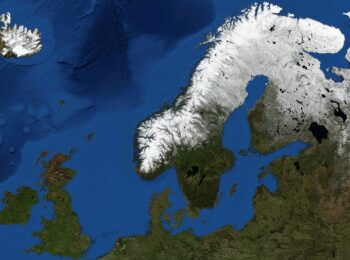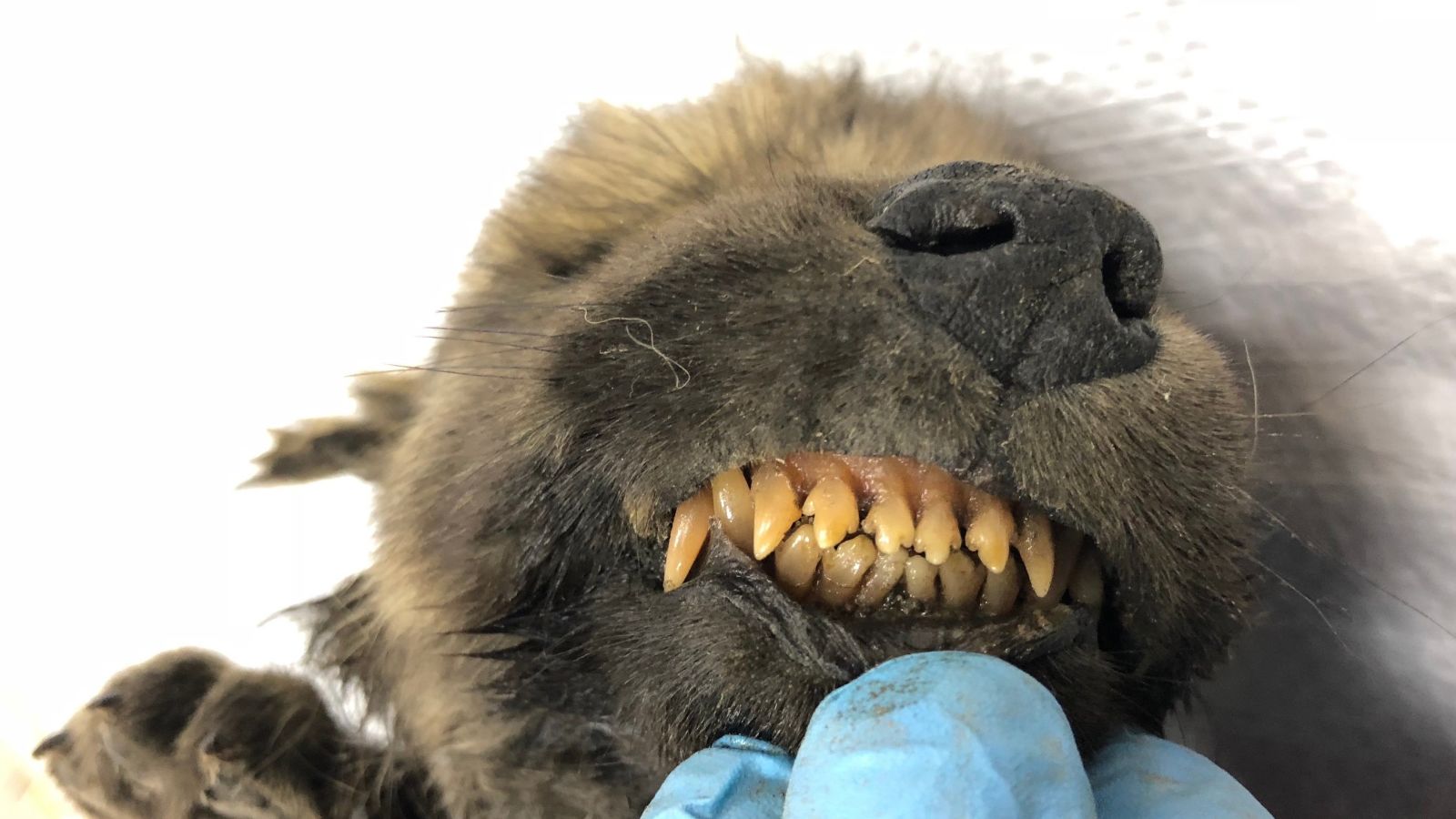
Image: Centre for Palaeogenetics
Russian scientists discovered the body of the canine near Yakutsk, in eastern Siberia. Preserved by permafrost, the specimen’s nose, fur and teeth are remarkably intact.
Scientists from the Centre for Palaeogenetics—a joint project between Stockholm University and the Swedish Museum of Natural History—used radiocarbon dating on its rib bone to place its brief time on Earth to 18,000 years ago, during the tail end of the last Ice Age.
The permafrost has helped preserve the canine’s nose, fur and teeth remarkably. Even its eyelashes and whiskers are in good condition.
According to the scientists, the puppy was two-months-old when it died. However, they were not able to confirm if the specimen was a wolf or a dog.
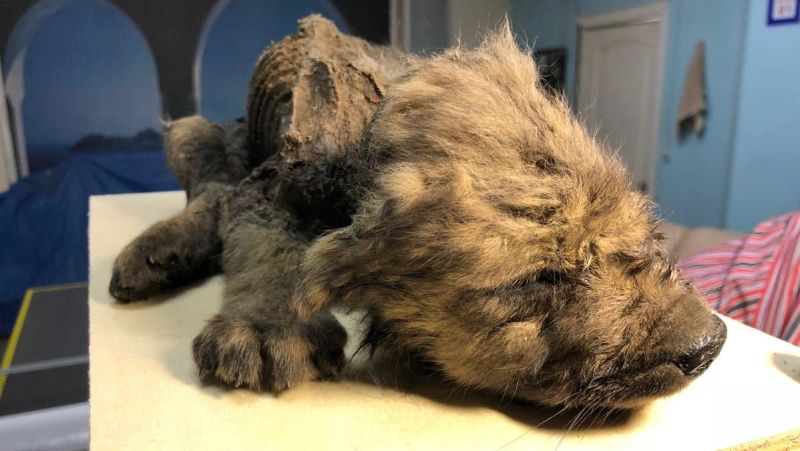
Image: Centre for Palaeogenetics
Although, the team of scientists was able to extract DNA from the specimen, allowing them to confirm the pup’s sex as male.
“We have a lot of data from it already, and with that amount of data, you’d expect to tell if it was one or the other,”
“The fact that we might suggest that it’s from a population that was ancestral to both—to dogs and wolves”
– David Stanton, a researcher at the Centre for Palaeogenetics, told CNN.
Modern dogs are thought to have been domesticated from wolves, but exactly when is unclear — in 2017, a study published in the journal Nature Communications found that modern dogs were domesticated from a single population of wolves 20,000 to 40,000 years ago. As to which species this animal belonged is now an intriguing question, as the DNA analysis was inconclusive.
Here is another amazing find from the Belaya Gora site!
Radiocarbon dating says it 18,000 years old.
Question: is it a #wolf cub, or possibly the oldest #dog ever found?
We are hoping to answer this by sequencing it's genome (it has 43% endogenous DNA).
But what do you think? pic.twitter.com/MTZ918GFBf
— Love Dalén (@love_dalen) 16 april 2019
That the newly discovered puppy is some kind of evolutionary missing link is wholly plausible, as the timing appears to be right and Stanton believes that further tests carried out on the specimen would be able to reveal exactly when dogs were domesticated.
The researchers at the Centre for Palaeogenetics are now planning to perform more tests on the specimen to fully elucidate its genetic constitution and get a better handle on the species to which it belonged.

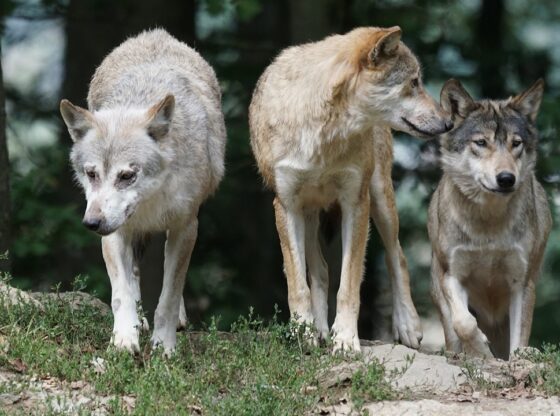
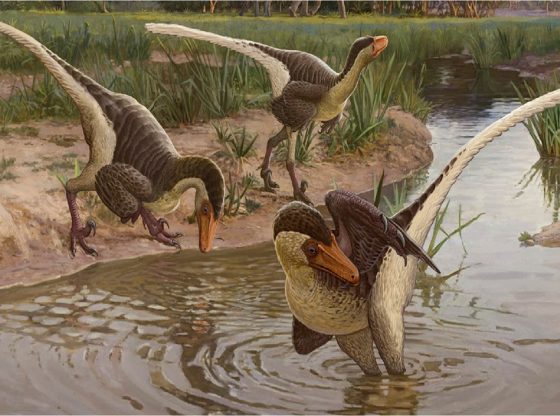


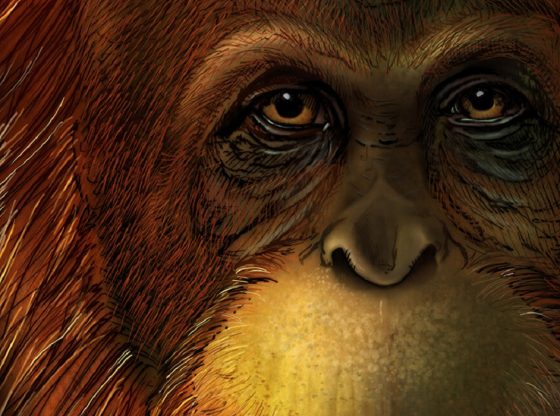
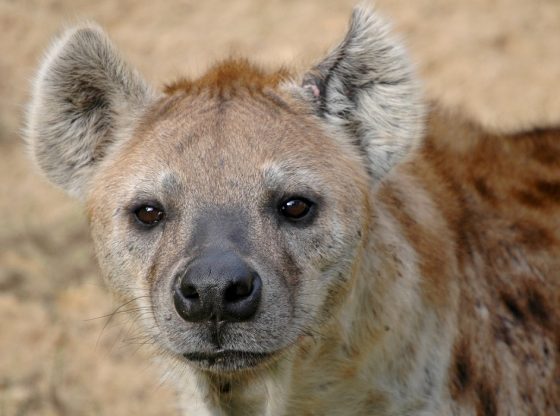
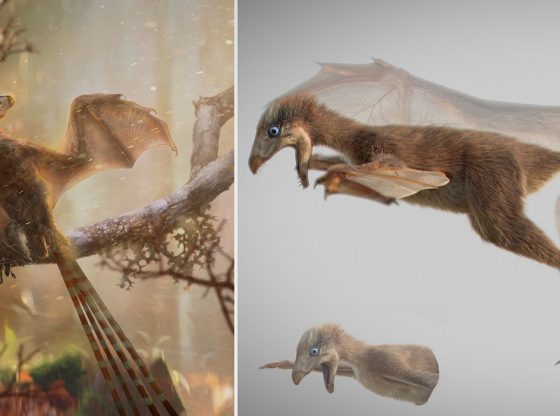
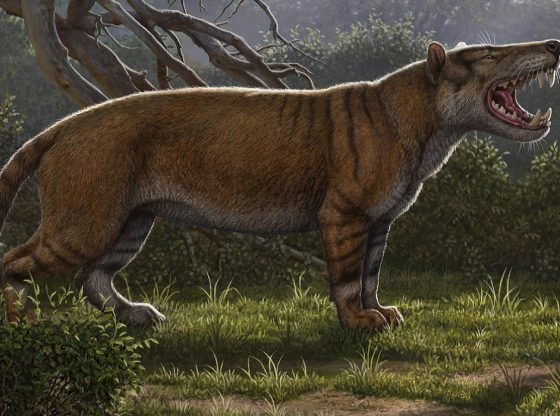
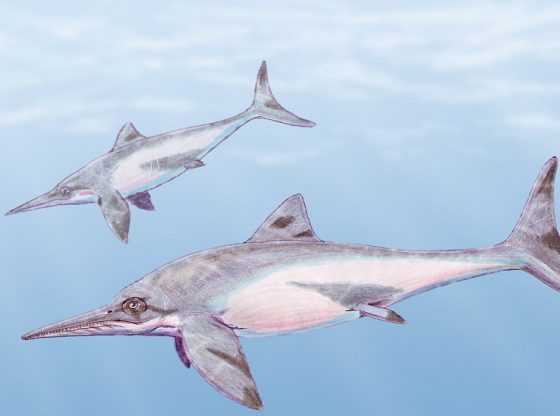
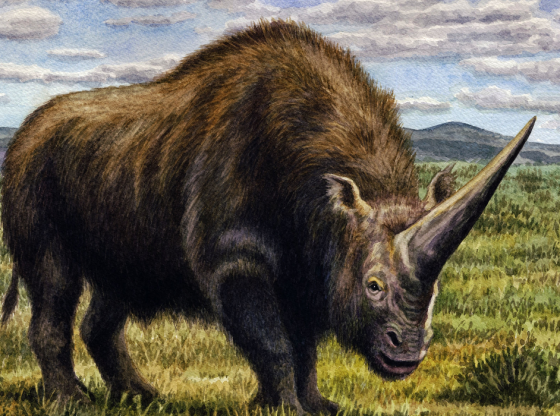
![OpenAI. (2025). ChatGPT [Large language model]. https://chatgpt.com](https://www.illustratedcuriosity.com/files/media/55136/b1b0b614-5b72-486c-901d-ff244549d67a-350x260.webp)
![OpenAI. (2025). ChatGPT [Large language model]. https://chatgpt.com](https://www.illustratedcuriosity.com/files/media/55124/79bc18fa-f616-4951-856f-cc724ad5d497-350x260.webp)
![OpenAI. (2025). ChatGPT [Large language model]. https://chatgpt.com](https://www.illustratedcuriosity.com/files/media/55099/2638a982-b4de-4913-8a1c-1479df352bf3-350x260.webp)






